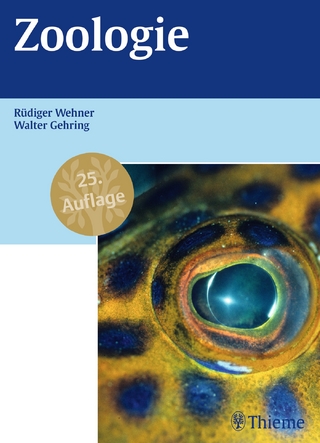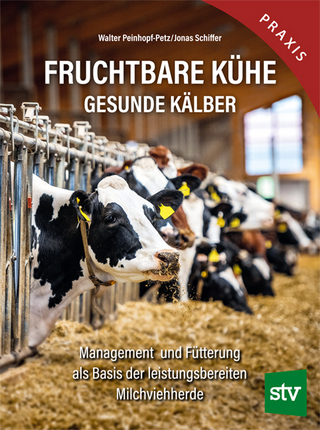
Stereotypic Animal Behaviour
CABI Publishing (Verlag)
978-0-85199-004-0 (ISBN)
- Titel z.Zt. nicht lieferbar
- Versandkostenfrei innerhalb Deutschlands
- Auch auf Rechnung
- Verfügbarkeit in der Filiale vor Ort prüfen
- Artikel merken
This 2nd edition is a complete re-write of the 1st edition in 1993. It reflects developments in knowledge since the 1st edition and includes many new chapters and contributors. Concern over the welfare of confined animals is continuing to increase and extends not only to farm and zoo animals, but also to laboratory and companion animals. This book focuses on environmentally induced stereotypes, rather than drug induced or neurologically based stereotypes and discusses why captive animals perform these stereotypes. It also examines what this behaviour can tell us about animal welfare, options for prevention and cure and assesses future research directions and implications for animal welfare.
Georgia Mason is a behavioural biologist a the University of Guelph, Canada, who studies how animals adapt (or fail to adapt) to captive housing conditions, especially conditions that meet their physiological needs but are too small or monotonous to allow natural behaviour. She is also interested in the validation of animal welfare indicators.
I: Introduction: A decade-or-more’s more progress in understanding stereotypies, J Rushen and G Mason Part 1: Normal Animal, Abnormal Environment? 1: Stereotypic oral behaviour in captive unguates: Foraging, diet and gastro-intestinal function, R Bergeron, A Badnell-Waters, Equine Consultancy Services, UK, S Lambton, University of Bristol, UK, and G Mason 2: Locomotory stereotypies in carnivores: does pacing stem from hunting, ranging or frustrated escape? R Clubb, Care for the Wild International, UK, and S Vickery, Department for Environment, Food and Rural Affairs, UK 3: The motivational basis of caged rodents’ stereotypies, H Würbel, Justus-Liebig-Universitat Giessen, Germany Part 2: Stereotypies as Pathologies 4: Perseveration and Stereotypy – Systems-Level Insights from Clinical Psychology, J Garner, Purdue University, USA 5: Social deprivation and social separation: Developmental insights from primatology, M A Novak, J S Meyer, University of Massachusetts, USA, C Lutz and S Tiefenbacher, New England Primate Research Center, USA 6: The Neurobiology of Stereotypy I: Environmental Complexity, M H Lewis, M F Presti, University of Florida, USA, J B Lewis, New College of Florida, USA, and C A Turner, University of Michigan, USA 7: The Neurophysiology of Stereotypy II - The Role of Stress, S Cabib, Universita "La Sapienza", Italy Part 3: Treating Stereotypies 8: Environmental enrichment as a strategy for mitigating stereotypies in zoo animals: a literature review and meta-analysis, R Swaisgood, Center for Reproduction of Endangered Species, San Diego, USA, and D Shepherdson, Oregon Zoo, USA 9: Veterinary and pharmacological approaches to abnormal repetitive behaviour , D Mills, University of Lincoln, UK, and A Luescher, Purdue University, USA Part 4: In Conclusion 10: Stereotypies in captive animals: Fundamentals and implications for animal welfare, G Mason
| Erscheint lt. Verlag | 11.12.2006 |
|---|---|
| Verlagsort | Wallingford |
| Sprache | englisch |
| Maße | 172 x 244 mm |
| Themenwelt | Naturwissenschaften ► Biologie ► Zoologie |
| Veterinärmedizin ► Großtier | |
| ISBN-10 | 0-85199-004-5 / 0851990045 |
| ISBN-13 | 978-0-85199-004-0 / 9780851990040 |
| Zustand | Neuware |
| Haben Sie eine Frage zum Produkt? |
aus dem Bereich


